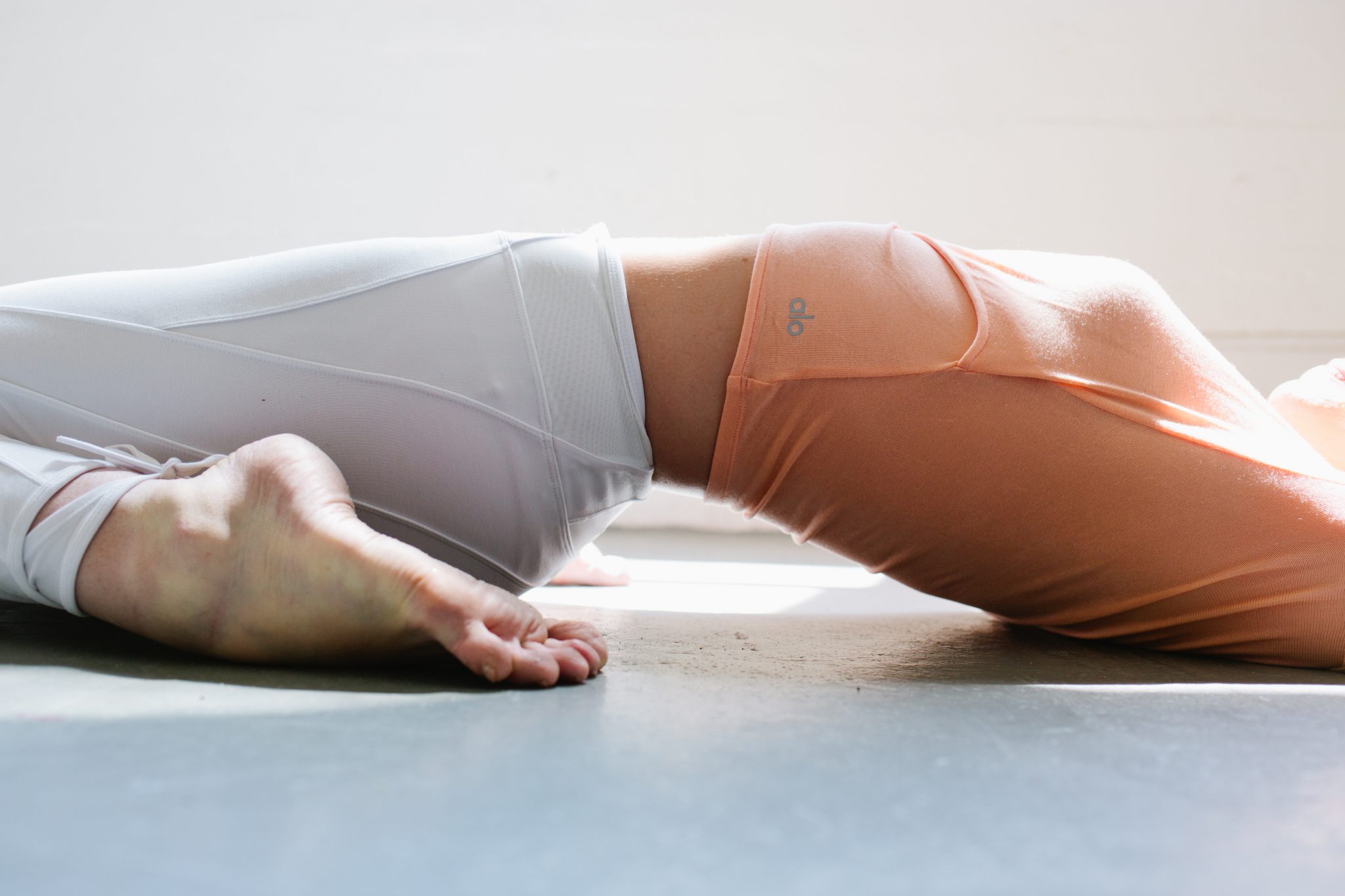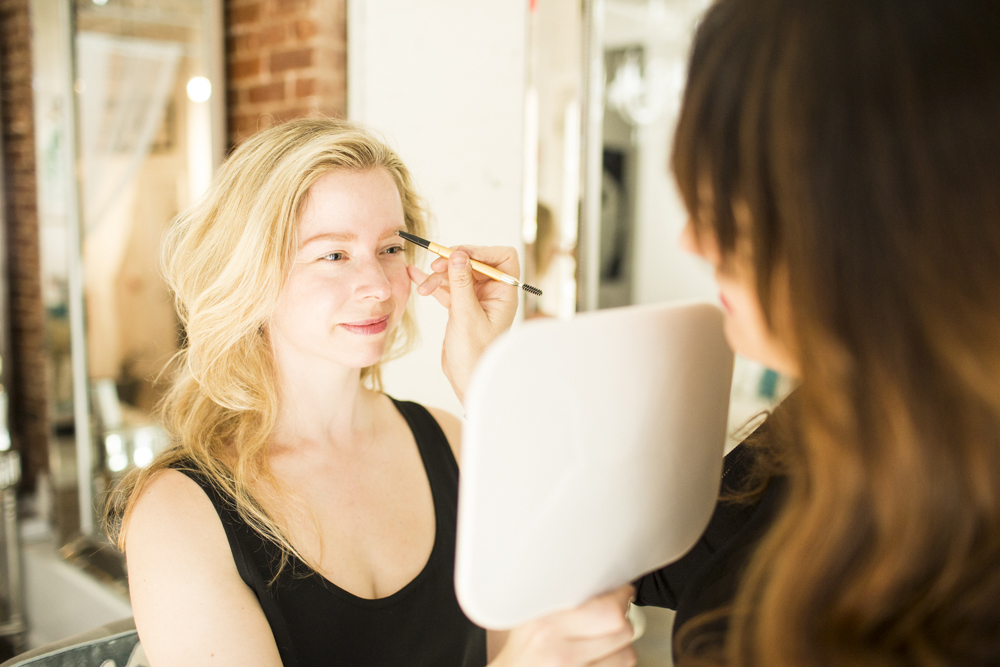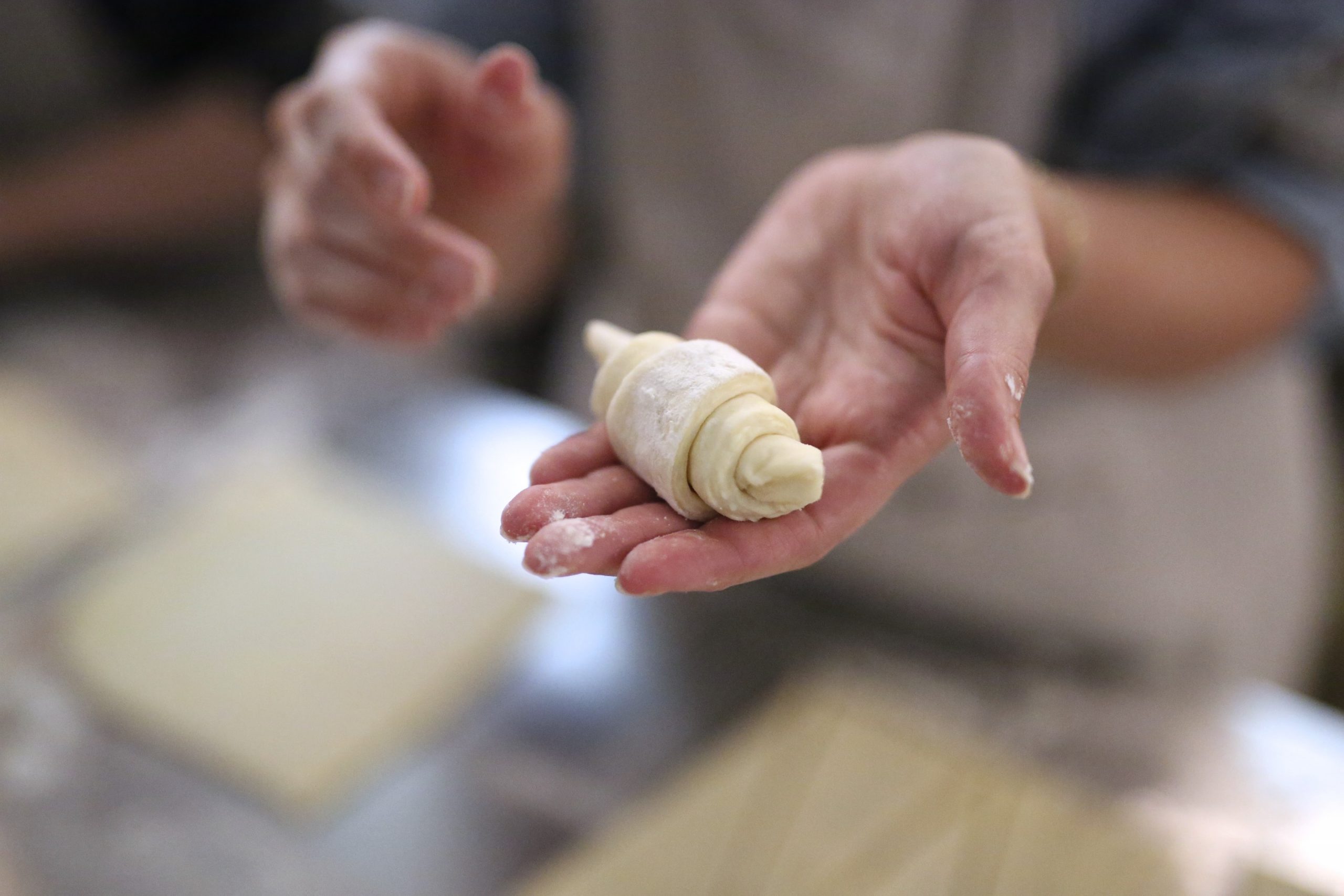Time is such an interesting tool to play with on the mat. When I first started doing yoga, I needed time to move quickly. I didn’t like holding poses. In fact, I hated it. There was a very real boredom, frustration, and anger that would arise when I was asked to stay still. As a result, I gravitated towards classes that kept me moving, but really (and I could have never articulated this at the time) that indulged my undisciplined attention.
It took time to cultivate a willingness to slow down—to create a space within myself strong enough to hold what would come up if I stopped and looked. Slowly, I learned to be more tolerant (I’m still learning) and grew to accept and eventually appreciate longer timings. This is not to say that holding poses is more valuable than moving; it just offers a different perspective.
The most obvious benefit to holding postures is that you have more time. Instead of living out of your suitcase, so to speak, you can unpack your bags and put your clothes in the drawers. There’s time to look around, time to ask questions, and time to wait for answers. You can spread out—physically, mentally, emotionally, energetically. Longer holds build physical stamina and mental attention. Your awareness expands, giving you the space to notice details and to observe cause and effect in real time. With practice, the pose reveals itself as truly infinite—there’s literally no end to what you can uncover.
The unexpected benefit of longer timings is that when you stay in a pose, you can observe how the mind reacts to your experience. Holding postures has encouraged me to abide in moments of intensity when I would otherwise like to push, or avoid, or fix. I don’t want to sugarcoat this kind of practice—it’s hard. It’s rarely pleasant but always eye-opening. I’m not suggesting that holding poses is about enduring pain or discomfort; you can always come out of the pose. Holding poses is an opportunity to see clearly—to bridge the gap between what’s actually happening and your experience of what’s happening.
The strength I’ve gained through longer timings has helped me cultivate tolerance—to stay and watch the drama unfold, to bear witness to my own crap, to withstand the intensity of discomfort. It’s this tolerance that has had the biggest impact on my life. When I want to come out of a pose, I hold a quote from Carrie Owerko close to my heart: “In life, you can’t always get out of the pose.” Truer words have never been spoken.
If you’re curious about how to begin practicing longer timings, my advice is to start small. You wouldn’t attempt to benchpress a hundred pounds if it was your first time lifting weights. That would be silly. Don’t bite off more than you can chew. Use the timer on your phone and start with thirty seconds and see how it goes. Stuff is going to come up—breathe. Soften your face, relax your eyes, unhinge your jaw. You can increase the time at your own pace, when you feel ready.
If you feel resistance to holding poses, that’s okay, too. I encourage you to explore your reasons and to look at time as just another tool to help you see yourself more clearly. It’s also important to know that not all seasons in life are supported by longer holds. Personally, I don’t like to hold poses when I’m going through difficult times; I need to move.
Holding postures has given me the gift of surrender. When I can see how I’m contributing to my own suffering, I’m presented with a choice: I can continue to resist my experience, or I can let it wash over me. Sometimes surrender means staying in the pose; other times, it means coming out. There’s no right or wrong, yet another thing I’ve learned over time—it just is what it is. I’m grateful for this practice, that it continues to teach me how to sit with myself as myself, to discern between the unreal and the real, and to connect to the moment as it is.






Hey Chrissy. It’s like Karmik Co-incidence. I returned today from London finishing a 50 hour Yin Teacher Training. I went for exactly the same reasons you mentioned – impatience, need for movement and discomfort with stillness. I came out with a lot of unpacking. Never had a clue as to how powerful Yin can be. Also, there is the fascia and this new theory that fascia is the seat of consciousness.
The training also spoke of functional versus aesthetic teaching. Aesthetic being the Iyengar school’s strict way of aligning everyone the same way. Yin believes in a more functional approach – how does it feel in the target area? I think ours is the best – a happy balance between the two. Give alignment cues and then modify to individual structure with props!
Stay blessed.
Mohammed
Hi Mohammed!
The training sounds wonderful – Congratulations! I love the discussions around aesthetic vs functional. Agreed about the balance you describe. As teachers, we can facilitate functional support a couple of ways: follow up sound alignment instructions with cues that spark inquiry—that ask the student to check in with how they feel, that describe what integration and space feels like in the joints, and that encourage them to be their own teacher; modify postures with props, or find similar or relevant shapes that allow the student to experience the spirit of the pose; weave in philosophy to inspire effortless effort, to let go of the end result, and to meet themselves where they are. These are just a few examples!
Your devotion to the craft of teaching is inspiring, Mohammed. Keep doing what you’re doing. Your students are so lucky.
Much love,
Chrissy
I’m new to my practice but the introspective element of yoga keeps me coming back for more. This article read strong to me as I connect the dots to the mat and my sole. Staying in a pose has pushed me to see things differently, for better or worse. I read once that the pose truly begins the moment you want to step out of it. I shed tears on my mat every class I attend; I’m learning that the mat is becoming my therapy that translates to life.
Hi Brenda! Thanks for your comment! You’re so right: the mat can be a safe place where we unravel so much of what prevents us from seeing and knowing ourselves clearly. I’m so glad the post resonated with you and that your practice has given you so many gifts. Warmly, Chrissy